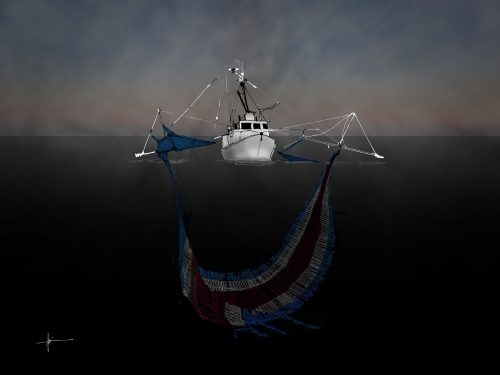Jorge Medina Piña travels around Guanacaste seeking out flavors. He walks among mountains, checks mangrove swamps and visits markets to turn what he sees into a cocktail.
Can you imagine a Bloody Mary with piangua mollusks from the Gulf of Nicoya? Or a drink that tastes like firewood our grandmothers used for cooking? When the profession of making drinks blends with art, the bartender is called a mixologist.
That’s Medina’s job. He tries variations in his recipes every week in order to find flavors that he wants to show the world of mixology, a world he will compete against in September in Scotland.
He got his ticket to the world tournament when he won the World Class Costa Rica 2019 competition and became the first Guanacastecan to qualify for the world mixology competition.
***
At age 32, he works creating a menu of drinks in Andaz Papagayo, but his story is a long one. Medina decided to look for work washing dishes in a hotel after working his entire childhood extracting sand from Río Tempisque and cutting sugarcane.
In the hotel kitchen, he was fascinated watching bartenders prepare drinks.
I used to work at night so I went to study in the National Learning Institute (INA) during the day to become a bartender,” he says.
When he finished the course, the national mixology former champion Clark Jiménez became his boss at Andaz Papagayo.
“He came up to me and said he wanted to learn. He always came with a new fruit or herb for making drinks, or he would say to me that he wanted me to try a drink he made,” says Jiménez, who became his mentor.
When he tried the drinks, Clark was convinced that he had talent and decided to prepare him for becoming the best mixologist in the country.
***
In the world competition, Medina has to create a version of a Bloody Mary, a cocktail traditionally made with tomato juice and vodka.
The challenge is called “community and sustainability” and it consists of mixologists presenting a drink that reflects an environmental problem in their community.
His inspiration came from the Gulf of Nicoya.
When women fish piangua mollusks from the gulf, their hands tear open on tree spines and they leave blood on the mangrove.
That’s why one of Medina’s secret weapons is his “bleeding morena,” an infusion of piangua with vodka and tomato juice.
With the cocktail, I have to explain that the deterioration of the mangroves in the gulf is killing off the pianguas and I also have to propose a solution for the community,” he says.
His plan is to sell the recipe to bars in Guanacaste and have them donate a thousand colons ($1.70) to reforestation the mangroves in the Gulf of Nicoya with each bleeding morena they sell.
***
If you want to try one of Medina’s drinks, you have three options: ordering a classic cocktail, trying one of his inventions or asking him to make one up for you.
“A mixologist doesn’t just make the drink, but gives the customer an experience,” he says.
Medina smiles, stands tall but gently and submerges himself in what he calls the art of mixology.
“Welcome to the Chao Pescado bar. What kind of liquor do you like,” he asks me in order to show me the dynamic of a bar, even though we are in the park in Filadelfia.
“I like Cacique,” I say.
“Do you like sweet drinks, acidic ones, strong or balanced?” he says.
“I like them strong and not too sweet because it gives me a headache,” I respond.
When Medina invents a drink, he does it fluidly.
“We are going to use a liquor from our land, a superior, double-distilled Cacique. We are going to mix it with peppermint, which has many aromatic molecules. We are going to add ginger juice, lime and sugarcane syrup in order to balance out the herbal and acidic flavors.”
It’s hard to listen to Medina describing a drink without having your mouth water.







Comments